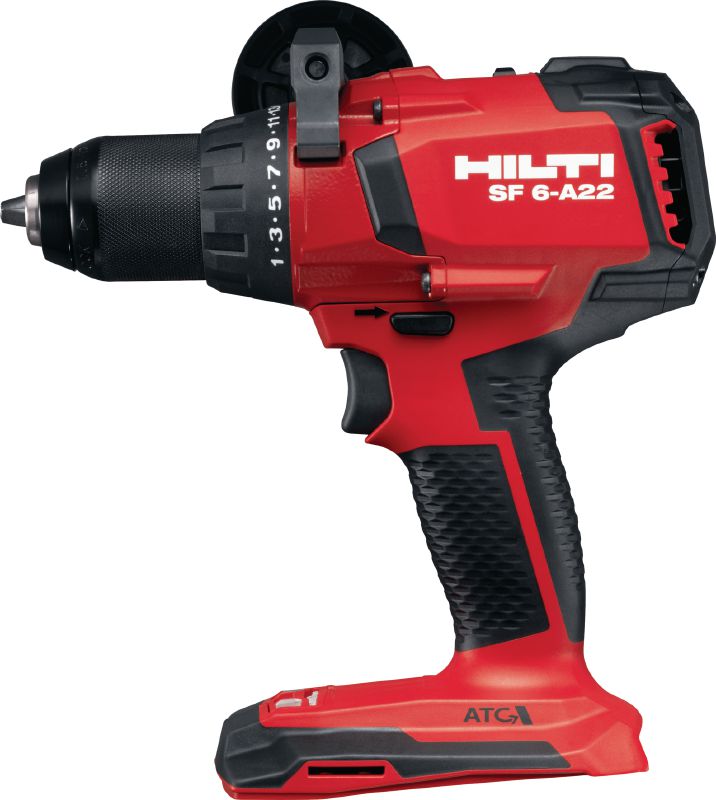
Smart Home Lighting - Buying Guide
Content
How smart can your home be? More and more home appliances and solutions appearing in this category prove it. The ability to remotely control the operation of individual devices is no longer the future, but a public standard. Smart refrigerators or washing machines are just the beginning. It's time for smart lighting, an extremely convenient way to control the energy used to distribute light throughout your home.
What is smart lighting?
In the beginning, it is worth answering the question, what is a smart home: a smart home. Call it a system of modern devices that connect to each other and allow you to remotely control them from one place - or simply a home automation system. The "remote" that allows you to control devices is an application controlled from a smartphone or tablet, and the features it offers may vary by device. One of the components of a smart home can be simply smart home lighting.
This is a lighting control system in the apartment. Most people have probably dreamed of turning off the lights by clapping their hands at least once. Intelligent Lighting does not respond to applause, but offers a very similar experience. It is enough for the owner of the system to launch the application on the smartphone and use it to turn off the light.
What are the main elements that can make up smart lighting?
It can be several, a dozen or even several dozen lamps or light bulbs - of various types and located in other rooms. So is the remote control of the lights that decorate the plants in the garden, the LED strips in the room of the enthusiastic player, pendant lights and standing lamps, night lamps, Wall lights… and many others. However, it is important that they are all smart - you will need smart bulbs or entire LED panels, depending on the type of bulb or bulbs. It is very important that all components are compatible with each other; they must form a single whole that can be combined.
You will also need the aforementioned application - with its help the user will give commands to the lighting. It is important that it meets the requirements of all smart home lighting components, and therefore, ideally, comes from their manufacturer.
It is complemented by a switch, also called simply a network bridge. This device connects them all bulbs and lamps in one network, thanks to which the user can control not only each one individually, but all at once from a smartphone.
What are the possibilities of smart home lighting?
The ability to turn the light on and off is only the basic functionality of the system. The user gets a range of possibilities, the breadth and variety of which depends on the type of equipment he has. This includes:
- Possibility to reduce the light level - the light can be dimmed or made brighter using the slider; just like the screen brightness level on a smartphone or computer.
- Possibility to change the color and temperature of the light - A single bulb can emit white, yellow, red, green, blue... and many other light options, including a twinkling color perfect for fun and parties. Moreover, it can be bright and sharp, like in a hospital, suitable for cleaning, or in romantic sepia - for example, for a romantic evening.
- Motion Sensor - an extremely convenient option. Thanks to him, the light turns on by itself when someone enters the room, and goes out when someone leaves it.
- Lighting scheduling. – so you can set hours when certain lamps will be on or off, or shine in certain colors or shades.
- Protection against theft - it's just the ability to control the light remotely: outside the home. Going on vacation or a business trip, the homeowner can from time to time turn on and off the lamps in the entire apartment or in different rooms, simulating his presence. Thus, it deters possible thieves.
Controlling your home lighting from your smartphone is also an exceptional energy saving. Firstly, only LED bulbs are compatible with the operation of the system, which in themselves are economical and durable. Secondly, the automatic shutdown of the lamps or the ability to adjust the intensity of lighting, of course, reduces its consumption.
What should I pay attention to when installing smart lighting?
The first step is to carefully consider what features are expected. Take, for example, light sensors - if the owner of the apartment wants the light in the bathroom to turn on and off by itself, and only when he enters or leaves the room, he must equip himself with lamps with sensors. And if, for example, he equips a modern game room and is looking for unusual lighting, he should choose LED strips with the ability to change colors - and so on.
Equally important is the way lighting is controlled. You can choose to control only from the application - or the option of voice control. We have already spoken of people who dream of extinguishing and lighting lamps with cotton; voice commands certainly meet this need. An additional option are wireless controllers that can be mounted on the wall or kept close at hand - like a smartphone.
The suitability of the individual products must also be taken into account. It is worth considering whether there will be plans to expand the grid of the entire system in the near future. If so, remember to either buy everything from one manufacturer or choose generic products that can be integrated with different systems. Or rather, those that are not blocked by the need to work with one specific application.
Undoubtedly, it is worth focusing on smart home lighting control. It is worth looking through the various solutions and, when planning the purchase of new light bulbs or fixtures, opt for a convenient, energy-saving smart option.
:
